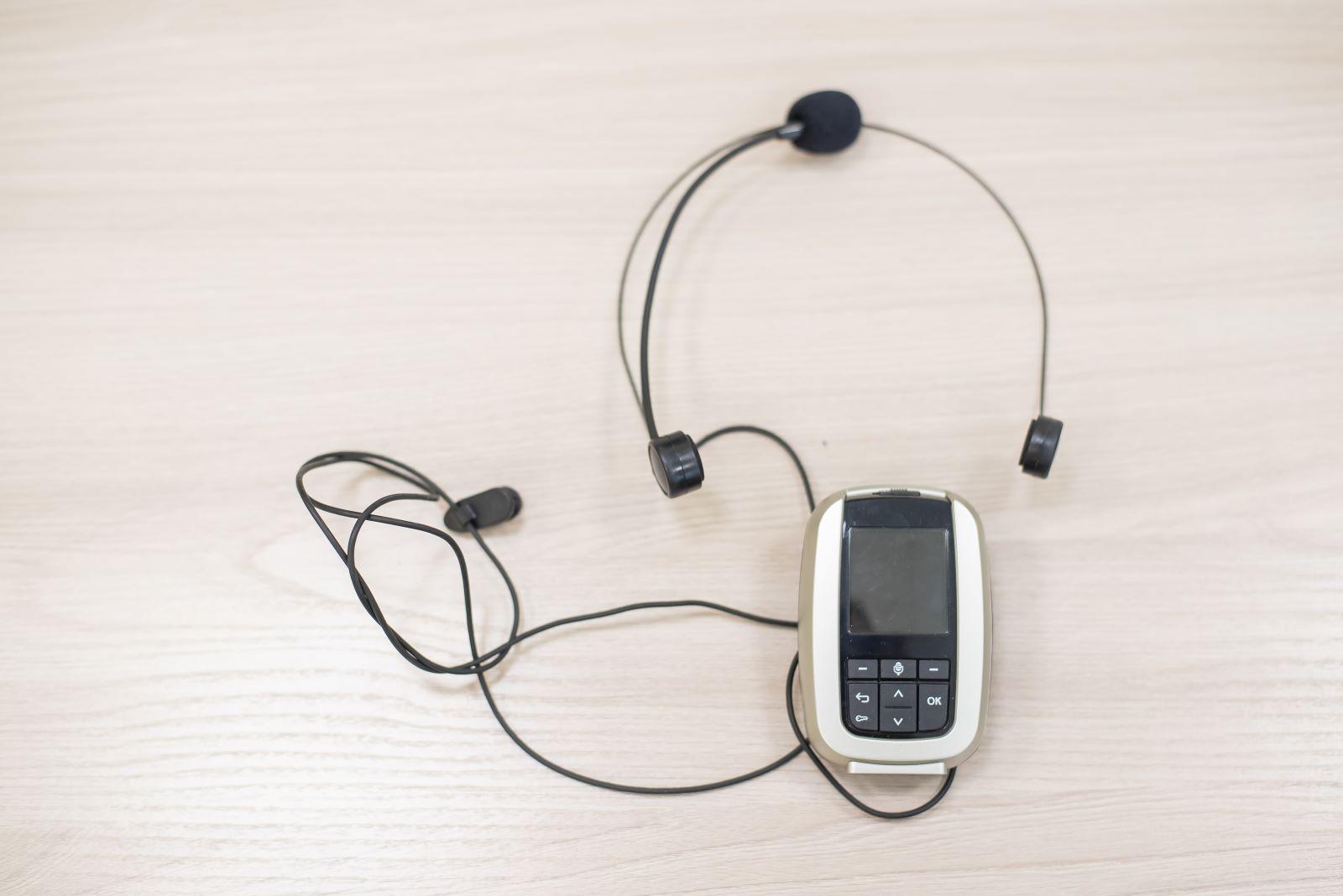
- Emergencies That Can Occur With Hearing Aids - April 5, 2025
- When to Consider a Second Opinion for Hearing Health - March 25, 2025
- What to Know About Disclosing Hearing Loss - March 15, 2025
People with hearing loss get so much out of well-fitted hearing aids. Nevertheless, despite the improvements made to hearing aids over the last ten years, there are still unavoidable circumstances or scenarios in which even the most cutting-edge technology may not be enough.
The good news is that in specific settings, hearing aid users may use assistive listening devices to pick up sounds that are hard to hear.
Assistive Listening Devices (ALDs): What are they?
An ALD’s primary purpose is to increase the listener’s signal-to-noise ratio. This means some desirable sounds are enhanced while unwanted, distracting sounds or noises are diminished.
While improving speech, hearing aids are less effective at separating spoken words from background noise. This is because although hearing aids are good at boosting crucial speech sounds, they struggle to separate spoken words from background noise.
ALDs may be used to make up for conditions when hearing aids are less valuable, such as those that include:
Sounds coming from a distance: The more away we are from the source, the more difficult it is to hear and comprehend talks.
Mediocre acoustics: Poor listening conditions include rooms with little furniture and large, open areas. Hard surfaces may reflect sound waves, resulting in distortion and vibration.
Background noise: Concentrating on speech is made more difficult by background noise. ALDs are designed to separate competing sounds and boost just the loudness of the speaker. This increases the background noise. In these situations, hearing aid users are left with little alternative except to increase the volume.
Who may benefit from an ALD?
Assistive devices may be helpful for those who have very slight hearing loss and do not need hearing aids. They facilitate phone conversations and improve the enjoyment of viewing TV.
For those with more severe hearing loss, assistive devices may be used in addition to hearing aids by offering more active hearing assistance in specific environments and alerting users to sounds and situations that they would not notice under stressful circumstances or when the hearing aids are removed.
Assistive gadgets may provide a visual or vibrotactile platform for increased exposure to communications, television pleasure, or ambient sound detection and identification for those with severe or profound hearing loss.
Assistive listening device types
Some ALDs work hand-in-hand with certain hearing aids, while others are stand-alone. The most typical types of ALDs are:
- Personal Amplifiers
- Telecoil
- FM Systems
- Infrared Systems
- Field Systems for Sound
With personal amplifiers, a microphone, and a listening cable are linked to a personal amplifier. A microphone is attached to the speaker’s clothing so the listener can plug into their amplifier and hear more clearly. This option is often best suited for one-on-one conversations because of the attached cord’s restriction on movement.
A hearing aid’s telecoil can wirelessly connect to a hearing loop in a public place. These telecoils, used in cochlear implants and hearing aids, are connected by an electromagnetic field. When people switch their hearing aids to the telecoil setting, the sound from the room’s PA system is sent straight to their ears.
An FM System uses radio broadcast technology to deliver sounds straight to your ears. They are wireless systems that enable listening to the speaker while the user is wearing a tiny receiver. With the help of the speaker’s transmitter and microphone, you may hear it from up to 150 feet away. The user may wander around and still hear the speaker since it is wireless. The advantages of FM systems are most evident in educational contexts.
While FM systems use radio frequencies to transmit sound, infrared systems use light rays. Users are given total privacy since light waves from infrared devices cannot penetrate through walls or other physical barriers. As a result, infrared devices are handy in places like medical offices and courtrooms. However, the sound may be distorted if anything or someone is in the way of the emitter and the listener.
Speak with us if your hearing aids need a boost. We will assist you in selecting the ideal ALD for your requirements!
